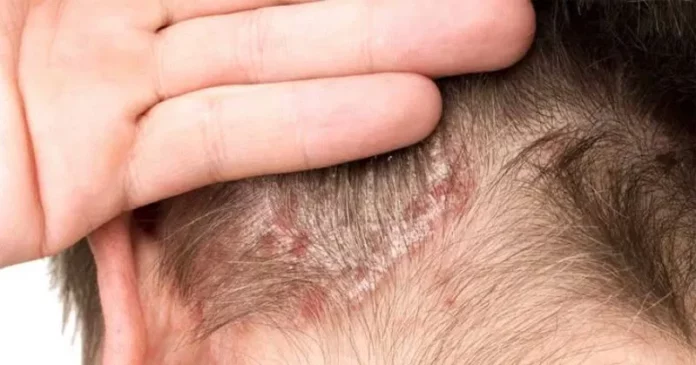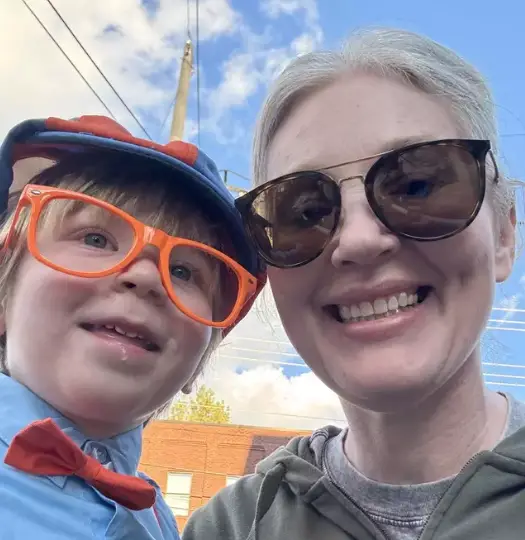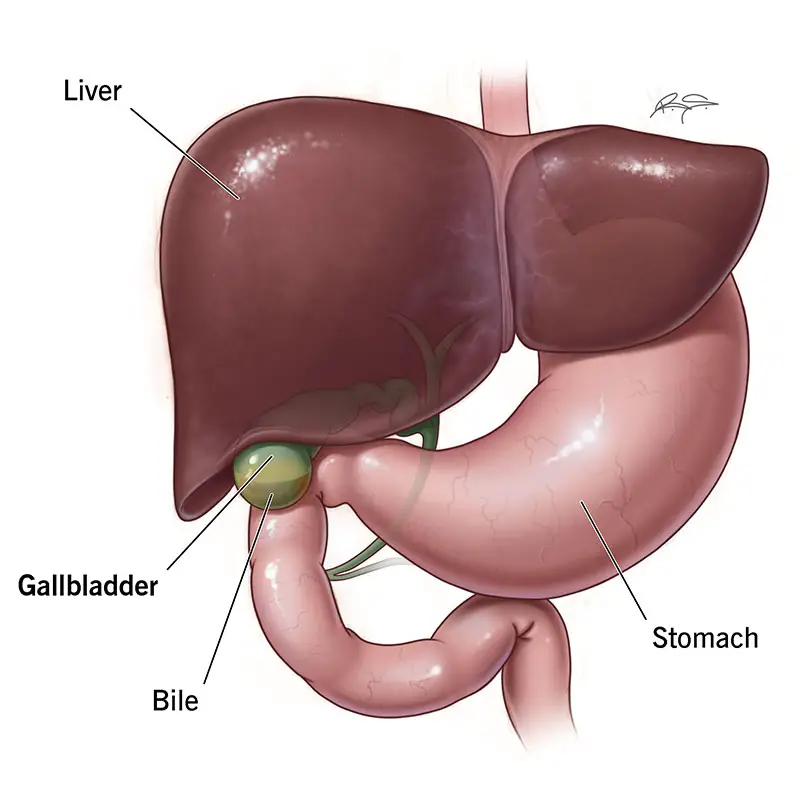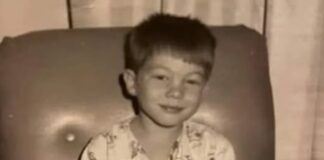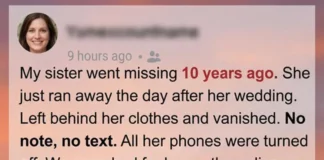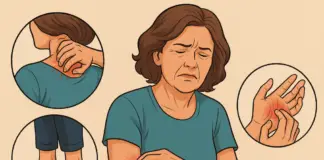The reasons bumps appear on your scalp are various. They can be a result of inflammation, autoimmune issues, infections, allergies, and only in rare cases something cancerous.
While most bumps are harmless, early diagnosis helps ease discomfort quickly, and serious infections or skin cancers need fast medical attention.
Truth is that most people often focus on their hair and forget that the scalp itself plays a big role in hair health. Along with frizz or shedding, you might notice dandruff, flakes, tenderness, or small bumps. Research from the National Institutes of Health shows that a healthy scalp supports healthy hair, while an unhealthy one can lead to irritation, rashes, sores, scabs, and even hair loss.
The bumps can be felt while brushing or touching your head, and sometimes, you only learn about them when someone else notices. In many cases they are caused by clogged hair follicles or an allergic reaction, which are usually not serious, but understanding the cause helps you know when home care is enough and when to seek medical help.
1. Understanding Scalp Conditions
The scalp is a sensitive area that reacts to both internal and external factors such as genetics, your hygiene routine, the environment, and infections.
While issues like dandruff are common, other problems such as seborrheic dermatitis and folliculitis involve yeast or bacteria. Seborrheic dermatitis causes oily flakes and redness, and folliculitis creates red bumps filled with pus. Since many scalp conditions resemble one another, it is crucial to be diagnosed right in order to get a proper treatment.
2. Common Causes of Scalp Bumps
Bumps appear on the scalp because of various reasons. Seborrheic dermatitis usually produces greasy yellow flakes that itch. Folliculitis results in small, painful bumps caused by infected hair follicles. Pilar cysts are harmless fluid-filled growths that sometimes become quite noticeable. Psoriasis can form thick patches with shiny, silvery scaling. Understanding these common causes can make it easier to identify what you are experiencing.
3. Psoriasis Vulgaris 101
Psoriasis vulgaris is the most common type of psoriasis and happens when the immune system speeds up skin-cell growth. This creates red, scaly patches that may itch or crack. There is no cure, but symptoms can be managed. Genetics, stress, infections, colder weather, and some medications can all trigger flare-ups. Knowing what sets it off can help you control it over time.

4. Helpful Home Remedies
If you are not in a position to seek medical help, there are certain common remedies you can try at home in order to sooth the itching and the redness.
For one, coconut oil and aloe vera both work well as moisturizers and can soften thick scales if let on the scalp for several hours or overnight. A diluted apple cider vinegar solution may reduce itchiness because of its natural antiseptic action. Gentle, controlled exposure to sunlight can also help slow the rapid turnover of skin cells.
Of course, it’s always for the best to visit a doctor in order to get proper diagnosis and a proper treatment for any issues you experience with your scalp.
Please SHARE this article with your family and friends on Facebook.
Bored Daddy
Love and Peace

